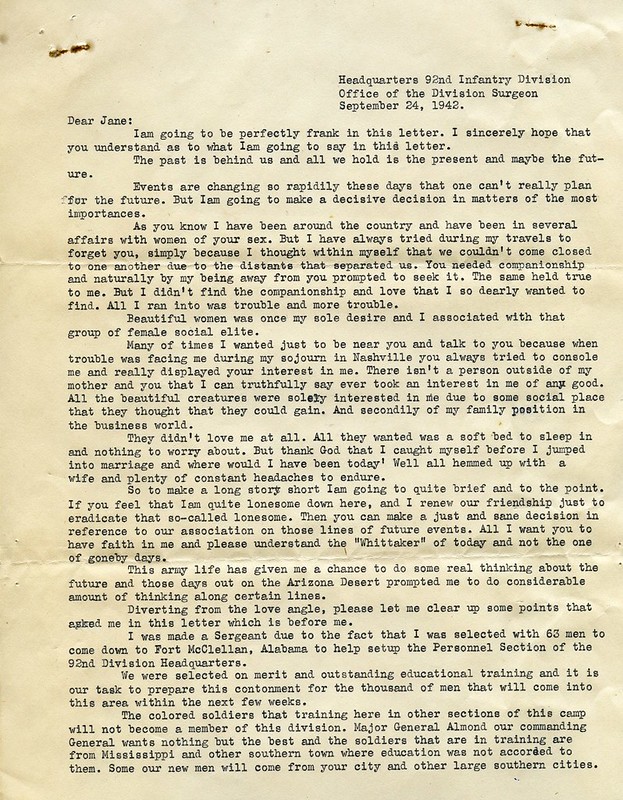
When browsing through our stacks of rows and rows of governmental records, you occasionally come across some of the smaller collections that may only consist of one or two Hollinger boxes (a specific brand of archival box approximately 10 inches high and 12-15 inches wide), yet still contain some hidden gems. The Raymond Whittaker Papers happen to fall into that category. And though the collection primarily consists of correspondence between himself and his wife while he was in the military, its contents are still vital to not only telling the story of a Nashville citizen and soldier in the U.S. Army, but also in telling Nashville's story.
Who was Raymond Whittaker?
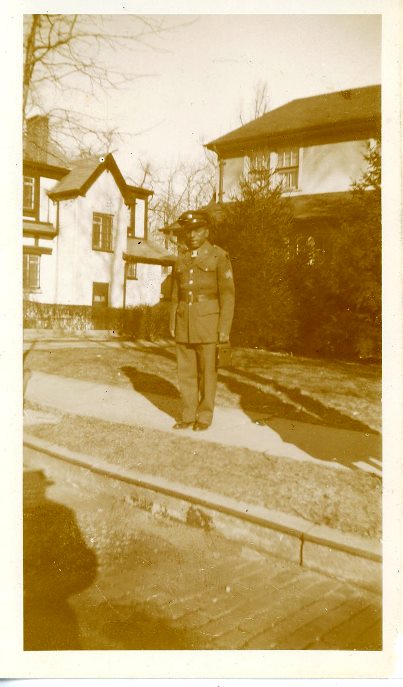
Since my above paragraph doesn't shed too much light on who Raymond was and how he relates to Nashville, allow me to explain a little bit of his story from what we know of his collection. Raymond was not originally born in Nashville, but in New Rochelle, New York in 1908. Like many others, what brought him to Nashville were his studies at Meharry Medical College. It was here where he met his wife, Jane Dean. They were together for a short time, but lost touch for about 2 years.
Raymond enlisted in the U.S. Army in June, 1942. And though I'm not sure if this was the first place he was stationed, the letters do indicate that he was stationed at Fort Huachuca in Arizona (I'll refrain from telling you the adjective he used to describe the town). This is where he and Jane reconnected via correspondence. At that time, Jane still lived here in Nashville, working as a lab technician at Vanderbilt. They corresponded for a short time before Raymond was tranferred to a location closer to Nashville.
Given his education at Meharry Medical School, it's not surprising that his position in the Army was in the office of Division Surgeon; he was the Assistant Venereal Inspector according to his first letter to Jane.
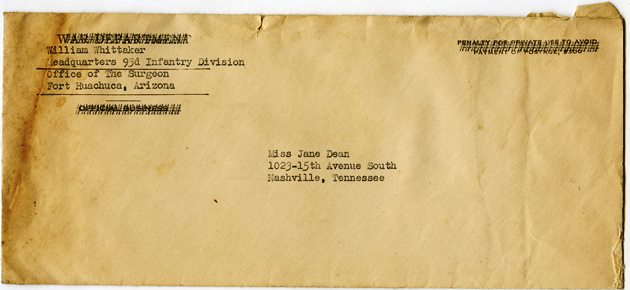
He was sent to Fort McClellan in Alabama, where he was to help organize the 92nd Infantry Division. In one of his letters to Jane, he states that he was "made a Sergeant due to the fact that I was selected with 63 men to come down to Fort McClellan, Alabama to help setup the Personnel Section of the 92nd Division Headquarters." During this short period of time, evidently the chemistry between Raymond and Jane picked right back up, because it wasn't long before they were engaged and married in Alabama - on November 7th, 1942 to be exact.
Naturally, their letters continue after they marry and Jane returns home to Nashville; the fondness they have for one another continues to grow during their time apart. But it wasn't long before they were together permanently due to Raymond's discharge from the Army for medical reasons. But Nashville wasn't their first home together; they moved back to Raymond's hometown of New Rochelle where they lived for a short time. But like it always does, Nashville called to them, bringing them back permanently.
Both Raymond and Jane lived the rest of their lives here; Raymond passing away in June, 1989, and Jane following about 10 years later in July, 1999.
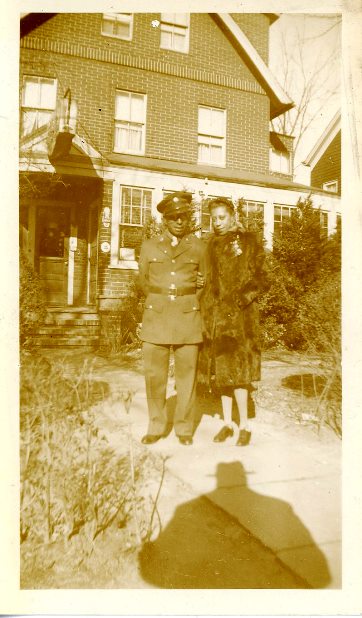
Love Letters
Living in the present time in which communication has progressively grown shorter and more abbreviated, reading through these letters has been refreshing to say the least. I don't need to go into too much detail about the technology during the time of these letters. Communication during World War II was predominantly done via correspondence, telegraph, or telephone call. Which is what makes these letters a treat to read through; everything they were thinking and felt were conveyed in these letters.
Here's a few samples from Raymond and Jane's letters:
July, 1942
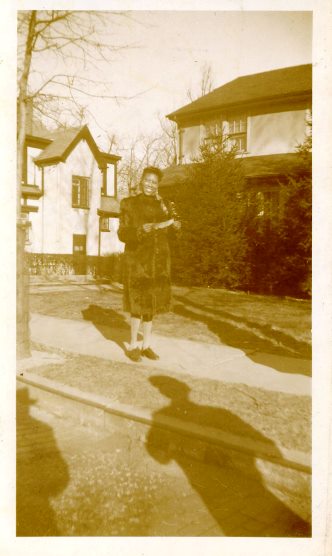
According to the first letter we have from Jane to Raymond, it indicates that he wrote to her before August. But her letter to him from July 30th does appear to be somewhat of an introductory letter, so it couldn't have been too long before that. She starts by telling him that it's both a "pleasant and sad surprise" to hear from him...
"Pleasant because you will always hold a place in my heart and its nice to know you think of me once in a while. Sad because you are in the Armed Forces - maybe I shouldn't say that but war is so uncertain, however I'm proud to know that you are doing your bit for your country."
She goes on to update him about friends/colleagues that were married...
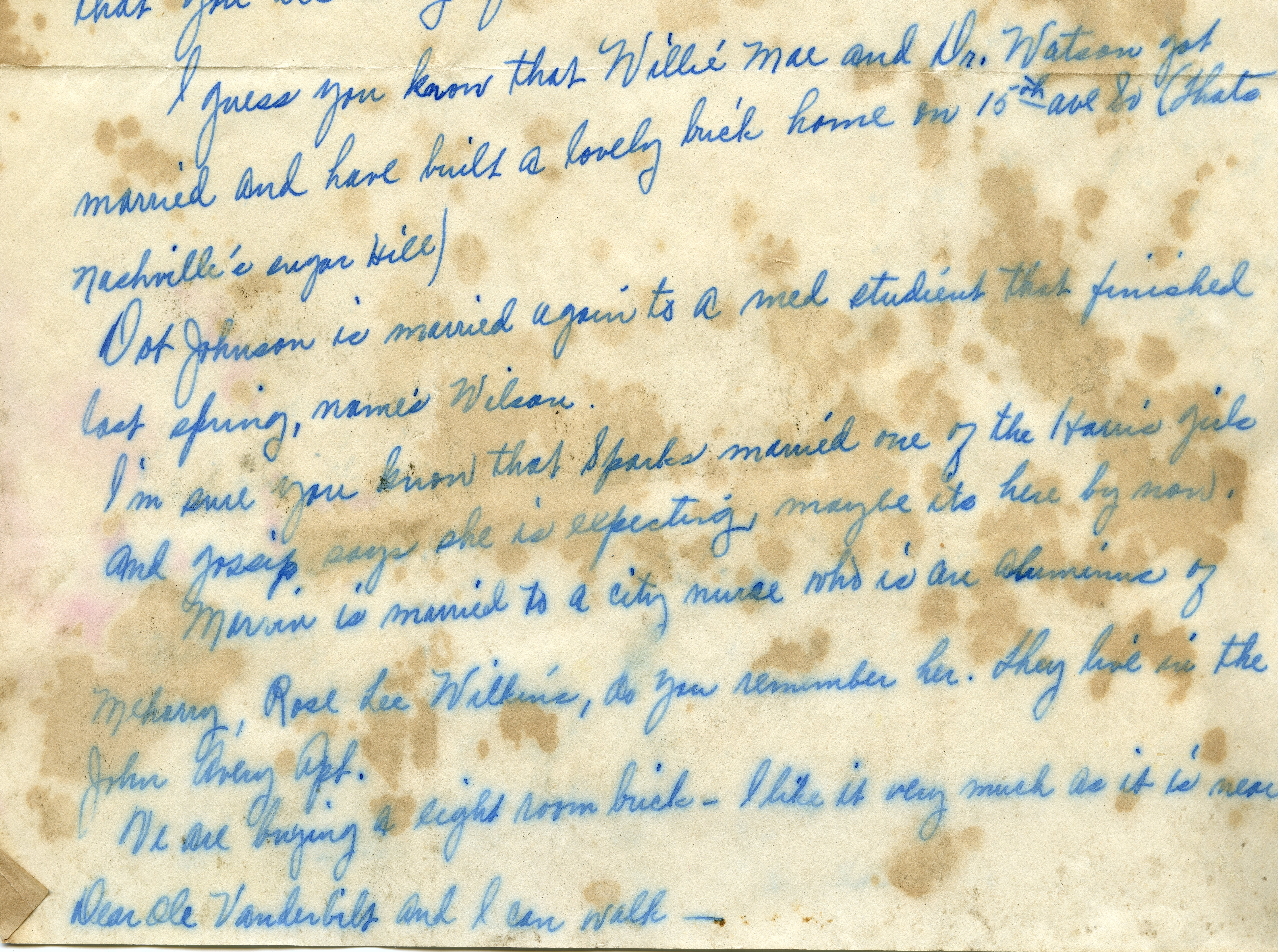
Per the responses he gives in the letter I discuss below, she asks him several questions about himself - details about going into the Army, when he'll have time off, and if he can send another photo to her. She concludes it with a simple statement of how he can contact her...
"Write, wire or call me real soon. Lovingly, Jane."
August, 1942
Starting at the beginning of what we have of Raymond's letters to Jane, he starts out describing Arizona as a rather disagreeable place...
"...To tell you the truth there isn't a decent respectable girl within a radius of three hundred miles."
This was probably something that comforted Jane to hear. He also tells Jane that he was called into the Army when he was interning in Detroit. He was drafted into the Army before he had the chance to take the Michigan Board, he says, because...
"...Ole Uncle Sam just dropped out of the beautiful blue skies and took me in on my birthday May 26, 1942."
You definitely get the sense in this letter that he's not a fan of the heat in Arizona, but he seems to be going with the flow...
"...But I am taking things in strides and hope within a few months to have a commission in Medical Administration."
He also goes on to be quite forthcoming about his love life after Jane...

And he concludes the letter with the hope that she responds to him...
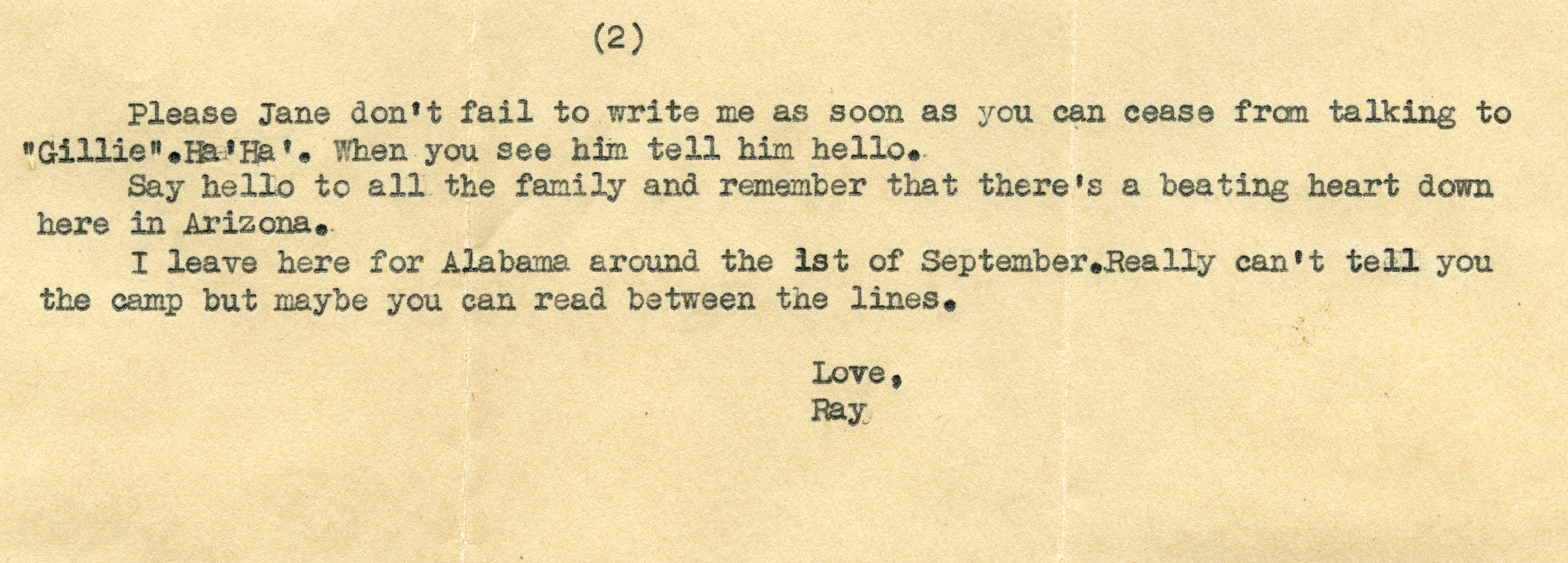
September, 1942
As I was browsing through Raymond's letters to Jane in September, trying to locate the one when he first references marriage, I stumbled upon one where he goes into further detail about his assignment in Alabama. In Raymond's letter to Jane on September 24th, he begins by essentially laying his heart out there for her. He tells her more about his past relationships and encounters with other women, but how none of them could equal up to what they have.
This entire letter is quite something actually, not only for how he is completely honest with her, but also because he goes into further detail about his assignment and the men of the 92nd. Read the full letter in the slideshow below, as well as a few of my other favorites from this collection including the letter when he first proposes marriage and a few after they're married...
I briefly mentioned above that after they married, as expected, you can see in their writing that they are pretty smitten with each other. In one letter that Raymond writes to Jane shortly after their wedding, he tells her...
"My thoughts are always with you. Thinking and dreaming of my wife back in Nashville. If you don't know it I am the happiest man at Fort McClellan. Yes happy because my wife loves me..."
It's hard to read this letters and not smile. But if you want to know what Jane thinks in return, well in one of her letters to him after their wedding, she says...
"Its a wonderful thing to have such a sweet and lovely husband - darling you'll never know how much I love you. The only regret is that we didn't marry years ago so that we could have enjoyed a natural marital life."
Other Correspondence
On top of the many letters between Raymond and Jane, there are a few others included that are great reads. Here are a few highlights:
A letter from a Boston friend, Christy Carrie, was sent January, 1943 after Raymond and Jane were married. She wishes the couple her best...
"I received a very lovely card from Jane and yourself. Thanks a lot I imagine Jane is a very lovely girl and I wish you and her all the luck in the world, hope you all have a dozen children. Congratulations."
Later, she talks about the Marian Anderson concert she attended, where many soldiers were also in attendance...

A letter from Raymond to his mother sent on an unknown date, but after he and Jane were married (on a Friday morning is the most specific it gets on date), tells his mother a little about the Officers' Training School he's hoping to get in and a few more specifics about Army life. I've included a few clips here but see the entire letter in the above slideshow.
Here's his reference to the Officers' Training School...

And more about the Army...

Military Service - 92nd Infantry Division
What's also great about these letters is that they are primary sources, which means they provide a first-hand account of what life was like for an African American soldier in the U.S. Army during World War II. Especially since he was stationed for some of his time in Alabama, a state with a well-known reputation for racism and violence towards African Americans. In the closing of one of Jane's letters, she provides a warning to Raymond for this very reason...

In some of his letters, Raymond talks about the 92nd Infintry Division that he's helping train. Though he's limited in what he can write in these letters, there are still some interesting details that provide great insight into his daily work and experience.
If you're not familiar with the 92nd Infantry Division, here's a little history about it. The 92nd Infantry Division of the U.S. 5th Army was a segregated division that started during World War I (dates specifically 1917-1919 and 1942-1945) at Camp Funston, Kansas, with African American soldiers from all over the country. It was one of only 2 all-black divisions to fight in the U.S. Army. They were also known as the "Buffalo Soldier Division" in honor of the previously-named "Buffalo Soldier" regiments that fought in the Army in the 19th-early 20th centuries.
During World War II, they were the only infantry unit comprised solely of African Americans that saw combat in Europe; in Italy specifically. They were stationed in Italy from August, 1944 through May, 1945, and were highly successful. During this time, they advanced more than 3,000 square miles and captured more than 20,000 German prisoners. Not without cost unfortunately, with more than a quarter of the unit killed or wounded in action. For their deeds and sacrifices, the 92nd earned more than 12,000 decorations and citations, including 2 Medals of Honor.
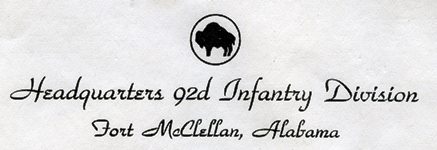
These letters are such a treasure and I wish I could scan and post every single one for you to read, but there's simply no room. If you're interested in reading more though, feel free to come visit us in Metro Archives! We'd be happy to share this couple's story.





